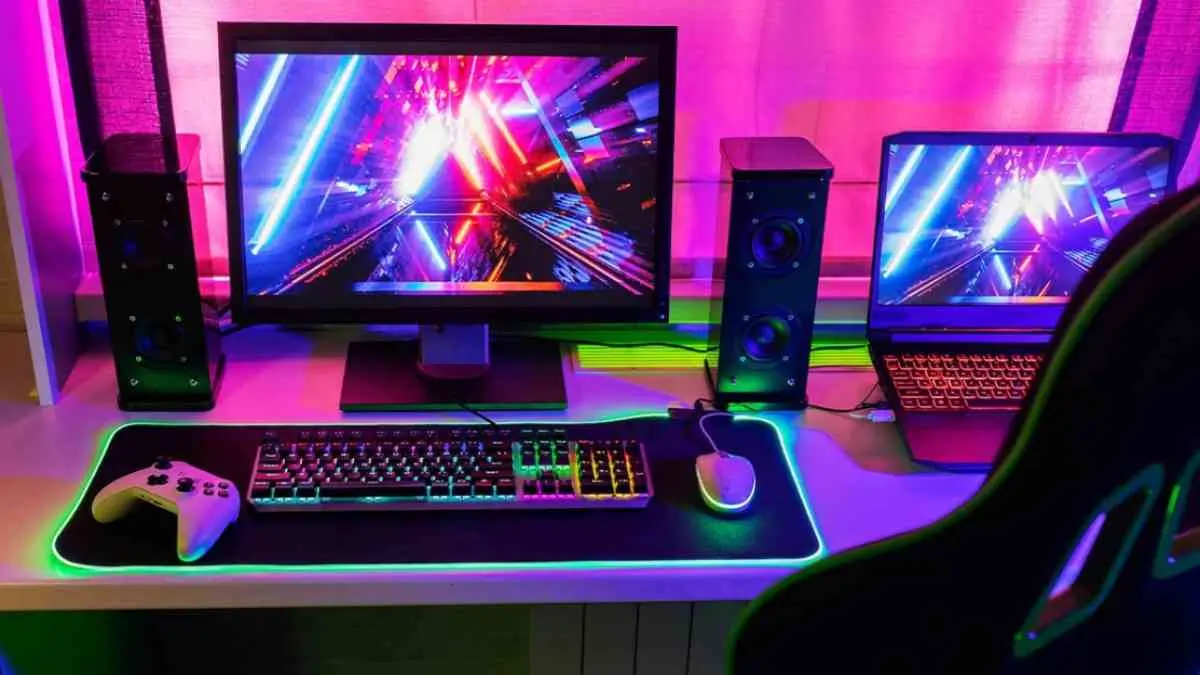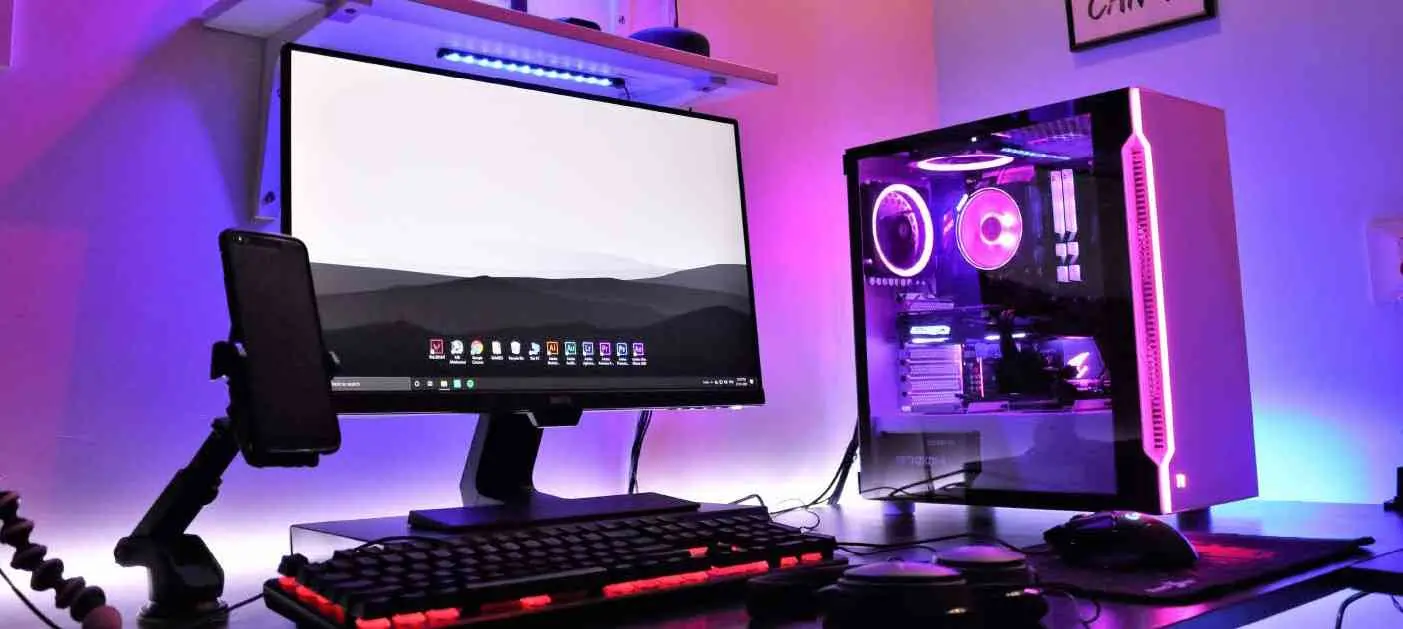How to Play the Heaviest Games of 2025 on a “Potato PC”
In a year where games push the boundaries of graphical fidelity and processing power, it’s easy to feel left behind if you’re not running the latest hardware. The phrase “potato PC” is often used to describe an older or low-spec computer that struggles with modern titles. But what if you could defy expectations? This guide will show you how to squeeze every drop of performance from your machine, allowing you to enjoy the most demanding games of 2025 without a costly upgrade.
The secret isn’t a single magic trick; it’s a combination of smart software tweaks, in-game setting adjustments, and a strategic mindset. You don’t need a high-end rig to have a great time.
The Art of Software Optimization

Before you even launch a game, the battlefield is your operating system. A clean and optimized OS is the foundation of a smooth gaming experience. Removing bloatware and unnecessary background processes frees up valuable CPU and RAM resources that your game can use.
Our resident tech expert, Mark Anderson, offers a simple but effective strategy. “The first step is always to declutter. Think of your PC as a racing car; you wouldn’t leave a bunch of junk in the trunk before a race. Stop all non-essential programs, disable background services you don’t need, and keep your drivers updated. It’s about giving your game a clear road to run on.”
Essential Software Tools and Practices
Start by checking your Task Manager. Close any applications you’re not using, especially web browsers with multiple tabs open. Next, use a dedicated driver update tool from your graphics card manufacturer (NVIDIA, AMD, or Intel) to ensure your GPU is running on the latest software. Old drivers can cause significant performance bottlenecks. Finally, consider using a third-party application to manage and disable startup programs, making your PC boot faster and run cleaner.
In-Game Settings: The Game-Changer
Once your PC is optimized, the real work begins inside the game itself. The graphics settings menu is your most powerful tool. Most modern games offer a wide range of options, and understanding what each one does is crucial for a “potato PC.”
Understanding Key Graphics Options
Resolution: This is the most impactful setting. Running a game at a lower resolution (e.g., 720p instead of 1080p) can dramatically increase your frame rate. While the image won’t be as sharp, the boost in performance is often worth it.
Shadows and Textures: These are huge resource hogs. Lowering shadow quality and texture resolution can provide a significant performance boost with a minimal impact on the overall experience. Detailed shadows and high-resolution textures require a lot of VRAM, which older GPUs often lack.
Anti-aliasing and Post-processing: These are visual enhancements that smooth out jagged edges and add effects like motion blur and depth of field. Turning these off or setting them to their lowest value will give you a noticeable performance increase. They often require a lot of processing power that can be better used for core gameplay.
The Strategic Mindset: Making Smart Choices
Successfully “potato PC” on a budget PC isn’t just about tweaking settings; it’s about making strategic decisions. You may have to accept some compromises, but they don’t have to ruin the fun. For example, some games are just not built for low-spec machines, and that’s okay. You can instead explore fantastic indie games that are often less demanding but offer incredible experiences.
“You have to be realistic, but also creative,” says Anderson. “Don’t chase Ultra settings. Aim for a stable, enjoyable frame rate. A smooth 30 FPS is always better than a stuttering 60 FPS.” This approach focuses on the feel of the game rather than its visual spectacle. It’s about finding the balance between visual quality and performance.
